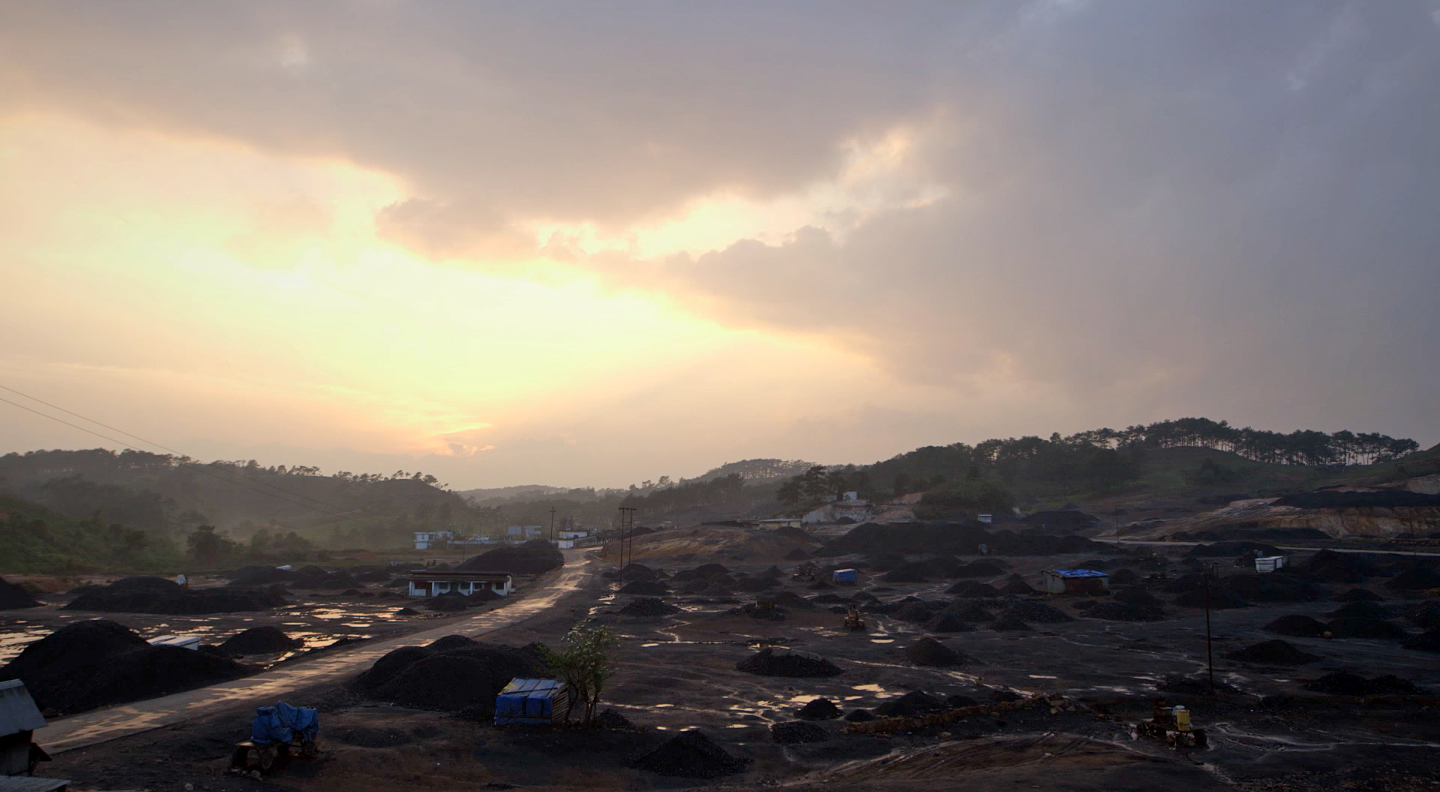Flawed financial and environmental regulatory system for infrastructure and extractive projects are causing community conflict and serious financial risks for India
Download the report.
WASHINGTON, D.C. (27 April 2015)—A new analysis reveals that India’s current financial regulatory system has pushed the country’s public sector banks into deep systemic risks, resulting from its handling of environmental and land governance issues.
Commissioned by the Rights and Resources Initiative, the report questions a popular narrative that blames a growing number of corporate loan defaults on delays in environmental clearances and land acquisition problems. Environmental and forest regulations have been long blamed by pro-business critics for India’s economic woes; driving away investors and causing unpredictable losses, and therefore needing dilution to bring in more investments and growth.
“While there are serious flaws within the environmental governance and land acquisition safeguards, these systems need further strengthening rather than weakening to reduce systemic risks to country’s financial infrastructure,” said the report’s author, Shankar Gopalakrishnan.
The report highlights a lack of due diligence by financial sector regulators and the state banking system in dealing with land and environmental clearances, and how this has led to major loan defaults and increase in non-performing assets of the banking sector. It also warns that the rush to issue faster environmental clearances and reduce safeguards in land acquisition processes by the current government will exacerbate these problems. A continued lack of diligence and public inputs is sure to increase the probability of land and environmental conflicts and project delays, leading to a new generation of bad loans for India’s beleaguered public sector banks.
The report says that regulations by the Reserve Bank of India (RBI) and the Securities and Exchange Board (SEBI) lack guidance on provision of credit to projects that have not received forest or environmental clearances, or a requirement to disclose status of these clearances. They also don’t take into account conflicts arising out of coercive land acquisition. Clearances granted without due diligence and land acquired for “nonpublic purpose” are then used by speculators and private promoters to leverage stock prices and garner credit.
“India lacks bankruptcy legislation, and RBI permits projects to be funded primarily by debt,” said Arvind Khare, Executive Director of the Rights and Resources Initiative. “When projects go bad, the banks are left with bad loans and the promoter frequently escapes any consequence, often selling land acquired at considerable profit in so-called “distressed sales.”
For example, in Chhattisgarh, the private power producers’ association estimated that only 15 out of a planned 60 private projects would ever become operational, even though land had already been acquired by at least 45 companies. The rest were now looking to sell and exit. These projects were largely funded by bank loans, up to 80 percent in many cases. Companies also often mortgage “publically acquired land” for vast sums of money.
“The current combination of regulations rewards ‘fixers,’ speculators, and those who can navigate and manipulate the system,” continued Gopalakrishnan. “This results in devastating impacts in local areas. When local inhabitants oppose this, the resulting conflicts are conveniently blamed for delays and loan defaults.”
At the same time, the lack of democratic accountability to local communities in form of Free, Prior and Informed Consent (FPIC) in land acquisition has led to a rapid rise in land and environmental related conflict. In November 2014, a new map of land conflicts in India showed at least one quarter of India’s 664 districts to be affected by some form of land conflict.
The most well-known case of such conflict is the POSCO project; India’s largest planned foreign direct investment where the company has not been able to take possession of a single inch of land in almost a decade. Mining projects, such as the Mahan and Sarguja coal mines, and dam projects in Arunachal Pradesh, Andhra Pradesh, Uttarakhand and Himachal Pradesh are facing similar opposition. The violence and mass demonstrations against the Nandigram and Singur projects in West Bengal contributed to the fall of the Left Front government in the state in 2011.
“Whether one believes that they are instigated by NGOs or so-called vested interests, community conflicts are not going to vanish,” said Kundan Kumar, Director, Asia Program at the Rights and Resources Initiative. “In fact, given the current emphasis on weakening regulations, these conflicts will continue putting at risk the money invested in projects: money that ultimately has to be repaid by the Indian government and people through public sector banks.”
Recommendations for reform
The report puts forth the following recommendations to reform the destructive patterns of regulation and resource use in India’s financial and regulatory architecture:
- Ensure that the process of granting credit to resource intensive projects is reformed after a detailed study of conditions on the ground. Appropriate regulations on due diligence should be imposed, as well as increases in reserve requirements.
- As part of due diligence, ensure that credit is only extended when proponents have obtained necessary clearances both for the projects in question and for any other ancillary activities (such as mining linkages). The practice of granting loans purely on the basis of the project proponent’s assurances – or the assurances of government agencies – should be halted immediately.
- The due diligence should include evidence of the consent of affected communities to the project and to compensation/rehabilitation being offered. The RBI should issue guidelines in this regard, taking into account existing legislations, including the Forest Rights Act.
- All financial institutions and the RBI should have ombudsmen to consider and respond to complaints of illegal or fraudulent projects using swift internal administrative remedies. This will reduce the need to approach the courts for every violation.
“Financial institutions and the government authorities must undertake a major overhaul of the existing financial regulation system to make it democratic, transparent, and accountable,” concluded Gopalakrishnan. “It is the only way to halt the trend of illegal, corrupt, and unjustified project approvals, and to avoid grave consequences for India’s financial system.”

